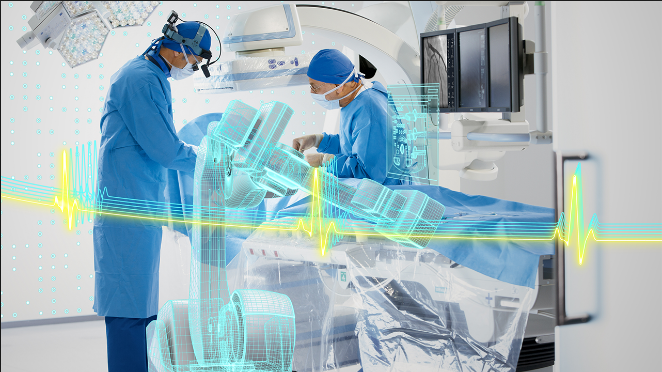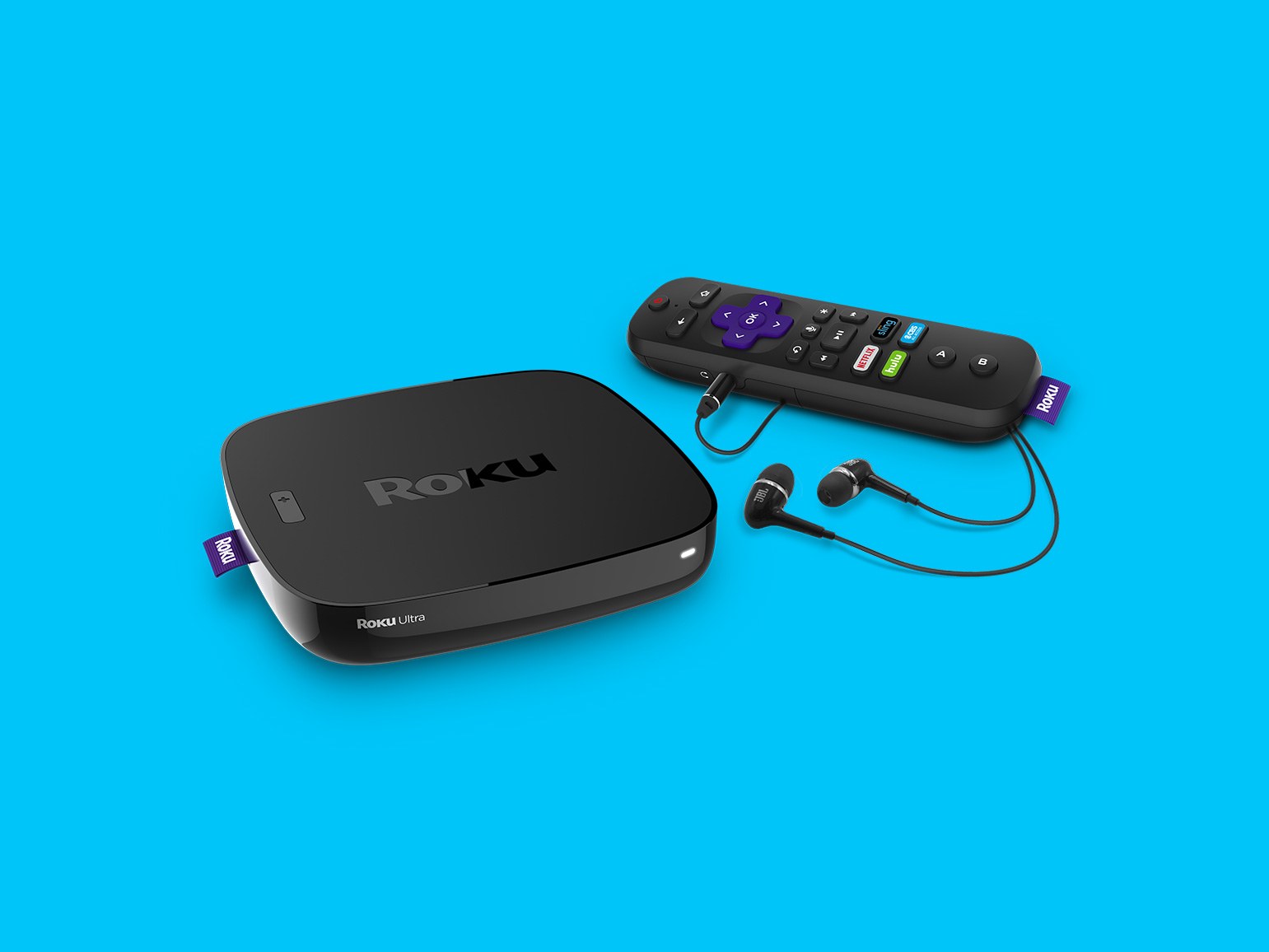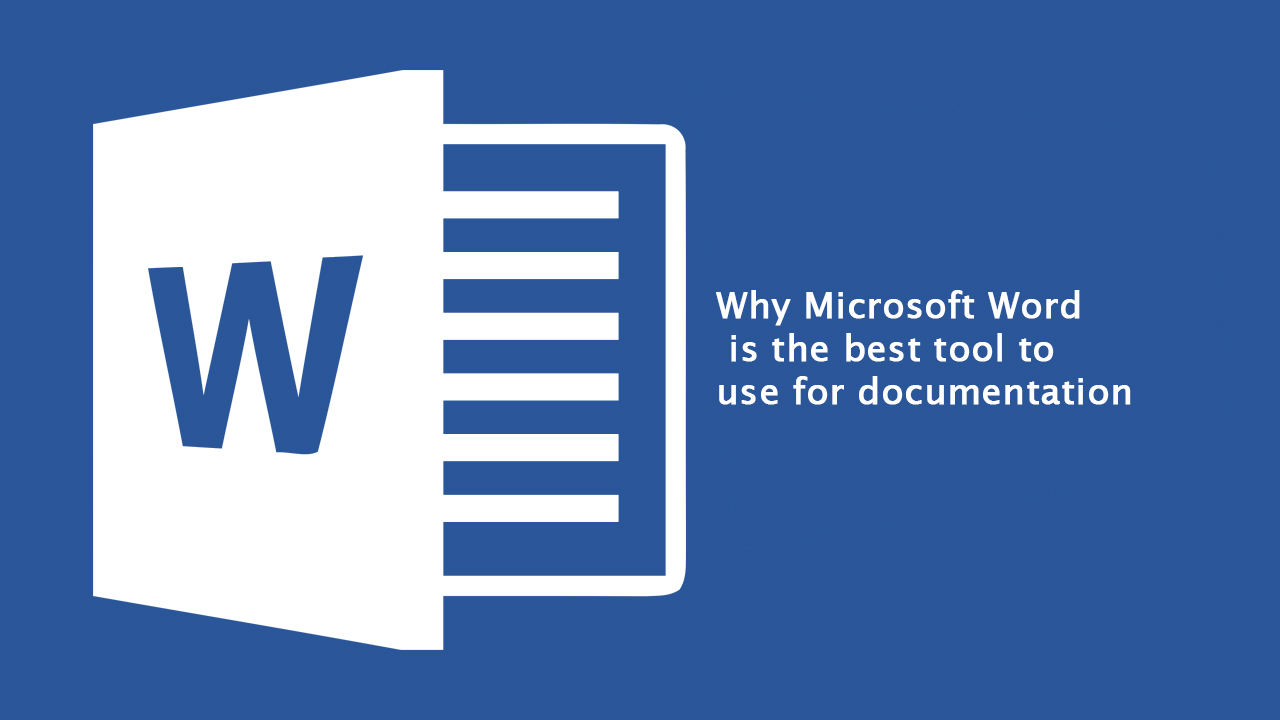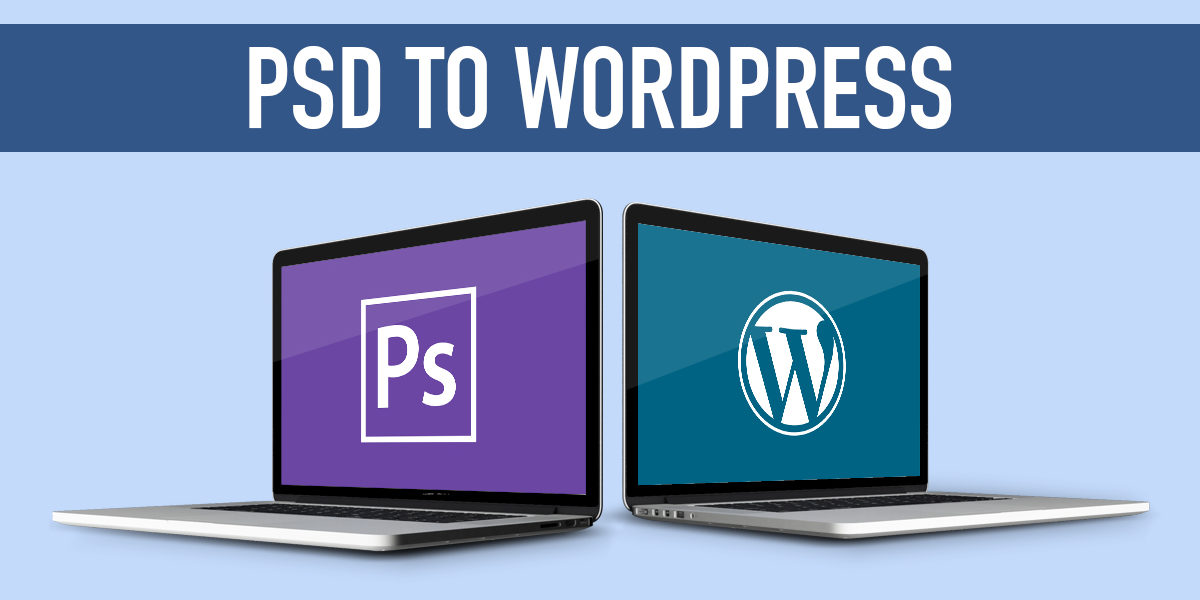Digital Influence on the Medical Industry

The advent of technology has seeped into every aspect of our lives, and two industries that seem to be leading the pack in terms of progress – multimedia and medicine – have cross-sectioned in a way that will launch healthcare to previously unimaginable heights. For now, this fledgling marriage of medical and digital has managed to save countless lives, improved diagnostics and the efficiency of treatment. And we haven’t even scratched the surface. If this topic has piqued your interest, here are the hallmarks of digital influence on the medical industry.
Table of Contents
The state of things
The medical industry is in a peculiar place right now. While the healthcare business seems to be growing, the disruptions in form of incompatible business models and the pressure to reduce costs around every conceivable corner are disrupting the reasonable pace of development. Innumerable professionals and companies around the world are trying to compensate for these stifles by offering inventive solutions that can improve treatment and which, at the very least, won’t be too expensive. This is where multimedia comes in. Everything has gone digital and we are hooked online almost 24/7.
Inventive video possibilities
For example, cameras have become minuscule and cheap while the quality of the image and the streaming possibilities have opened up exciting new venues for medicine. Today, we have an unprecedented option to observe operations through the live feed, or even watch our own operation long after the procedure has been wrapped up. Much akin to the practice reflected in Dr. Timothy Steel’s neurosurgery videos, some medical professionals and establishments offer these visual materials as invaluable educational companions.
Digital records
Of course, these inventive video possibilities are only a singular aspect on a wide spectrum of contemporary digital solutions. As pretty much all big companies in the IT sector have solved a lot of their organizational issues through archiving and consolidation of data in the cloud, the digitalization of health records has become a natural next step. EHR – or Electronic Health Record – has become a real and effective solution to the space-hogging, tree-wasting, mold-farming tons of paper and cartons. Furthermore, this has rendered the search and organization of patients’ data so much easier and more efficient – which directly improves the outlook of their treatment. In other words, it improves the workflow and lowers healthcare costs, which is a win-win in every book.
Big Data can save mankind
Since we have mentioned the Cloud, the ease of access to the required patient information has also opened a possibility for Big Data harvesting and farming. The collection of a large amount of data about patients, their diagnoses and habits, their outlooks and treatments – all collected into an enormous globe-spanning mountain of information – will almost certainly boost the development of healthcare into light speed. The analytics and compiling of previously untenable fact variations can bring us brand new statistical and scientific discoveries we could only dream of thirty or so years ago.
Smartphones factor
When it comes to harvesting Big Data, one should not underestimate the fact that, as of this moment in 2019, circa 67% of the world population owns cell phones. This means that most people own at least two cell phones as there are a little over 9 billion mobile connections right now. Now, imagine the amount of useful data these smartphone devices can accrue since the medical industry is actively working on transferring its professional-patient communication processes on the phones.
Mobile health
The advantages of this go without even mentioning the upsides of what is dubbed ‘mobile health’ – healthcare support and management through mobile apps. This is where the next step in the evolution of digitalized medicine lies – the creation of effective and reasonable apps that can monitor one’s health and improve the communication between patients and their designated healthcare professionals without wasting anyone’s time. Admittedly, it’s a flawed system, but one that promises potential. It’s a brave new world, indeed.
The development of digital technologies in the realm of medicine has put us on the path of progress that is as unstoppable as it is unpredictable. Since these developments have commenced only thirty years ago (at the most), we simply cannot even begin to predict where this will take us, though some of the cornerstone innovations have been established quite firmly. The lives of both patients and medical professionals have been turned around completely by the application of these new technologies, which is a good indication that matters seem to progress in the preferable direction.





